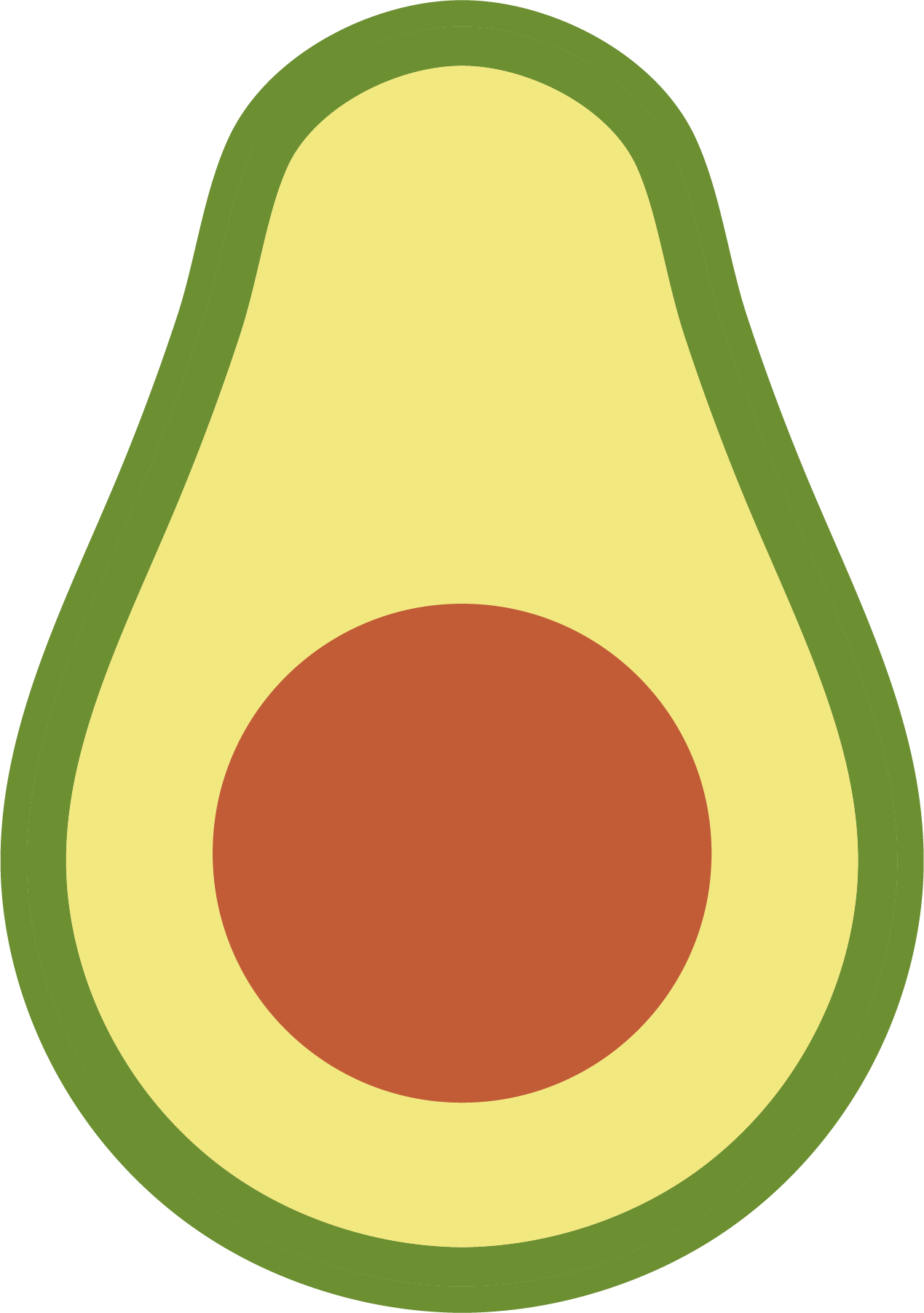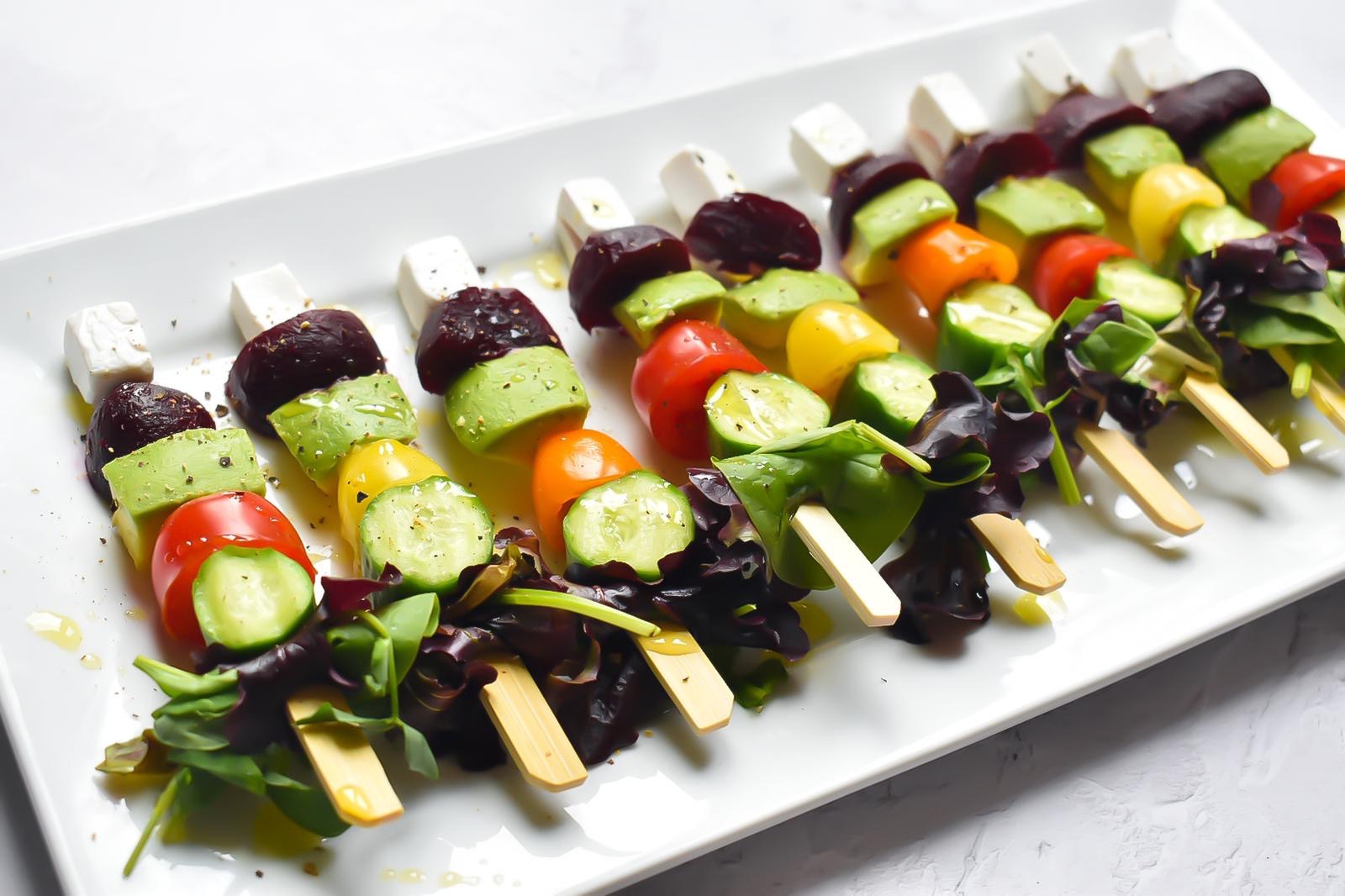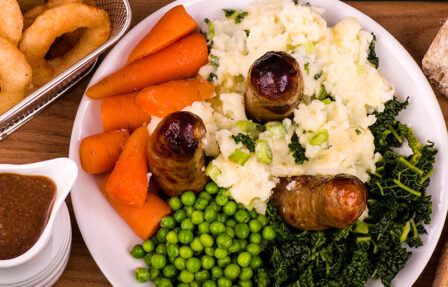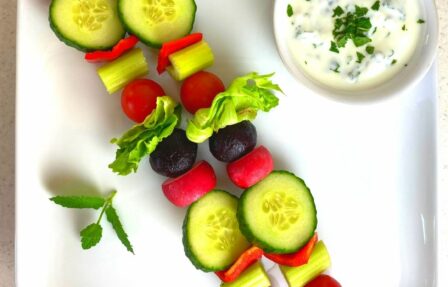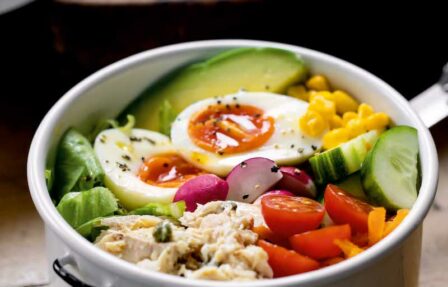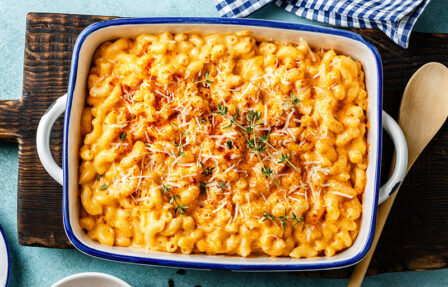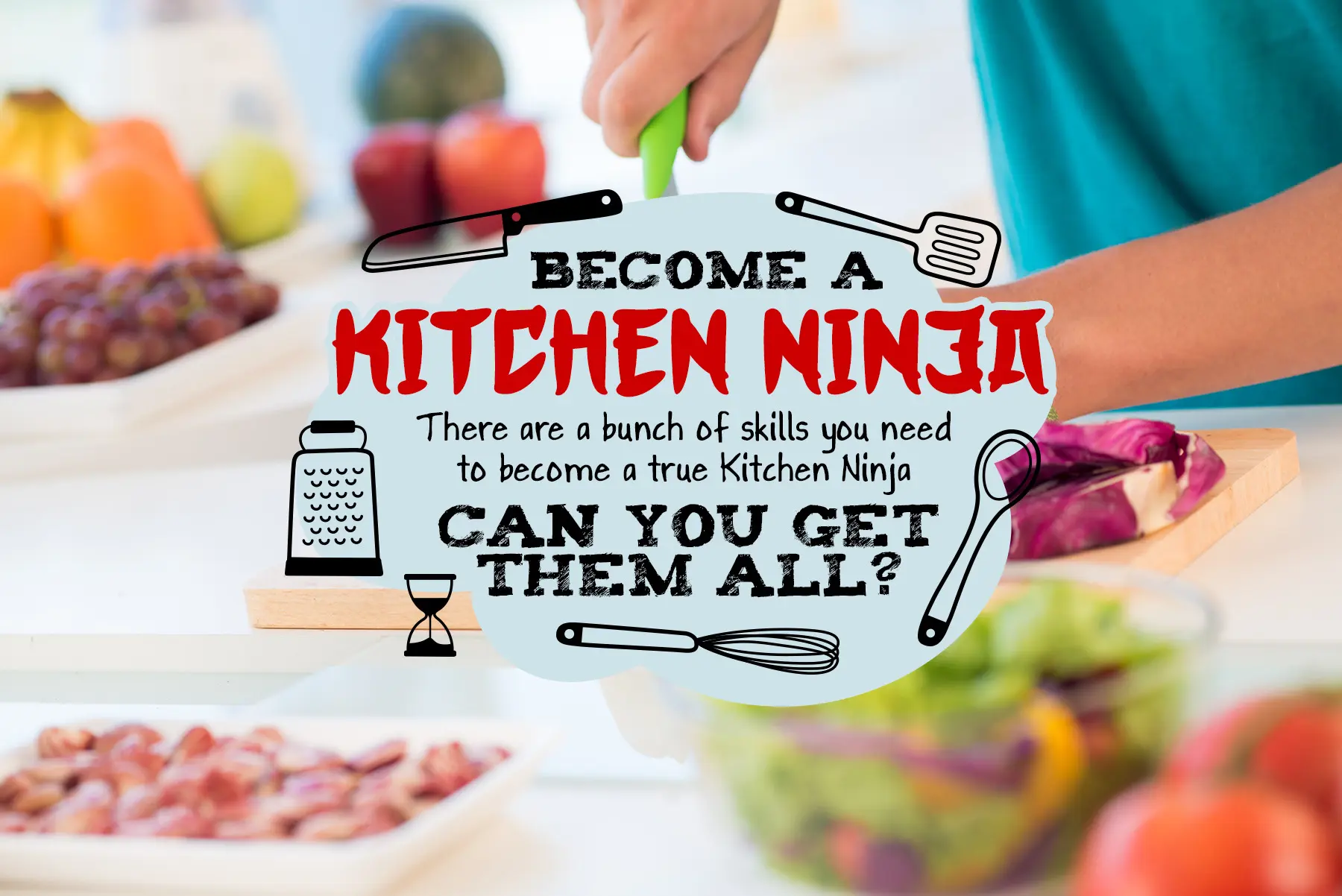Serves:
As many as you like!
Prep time:
5 mins
Ingredients:
Cooked beetroot, chopped into chunks
Goat’s cheese cubes (or mozzarella pearls), drained
Cherry tomatoes, chopped in half (I used red, orange and yellow)
Mini cucumbers, thickly sliced (or regular cucumber chopped into chunks)
a couple of handfuls of salad leaves of your choice
Ripe avocado, peeled, destoned, and cut into cubes
Fresh squeezed lemon juice
Drizzle of extra virgin olive oil (optional)
Seasoning of black pepper (optional)
Veg Portions / Serving:
1
Recipe and photography from Charlotte Radcliffe | thenutritionconsultant.org.uk
Salad sticks are a fun, attractive and engaging way to get kids more excited about veg! Perfectly portable, they are great for summer campouts, travel, picnics, lunchboxes and BBQs. Get the kids making these salad sticks this summer – it’s as fun to make as it is to eat. Why not come up with your own favourite combinations and share them with us on social, tagging @VegPowerUK and #SaladSticks.
Method:
Ensure all the salad ingredients are washed and prepared as stated above.
Coat the avocado pieces in the lemon juice to stop them browning and set aside.
Take a few salad leaves into your hands and roll them together. Thread this through the kebab stick.
Then thread a piece of the cucumber, tomato, and avocado, leaving room for the beetroot and cheese.
Repeat step 3 & 4 until all the sticks are done.
Now, add a beetroot piece to each of the sticks. Once completed, wash and dry your hands thoroughly as beetroot colours the skin.
Top each of the salad sticks with a goat’s cheese cube (or mozzarella pearl).
If you are using large sticks, repeat steps 3-7 on each of the sticks.
If you wish, finish the salad sticks with a drizzle of extra virgin olive oil and some cracked black pepper.
Serve and let everyone help themselves. Enjoy!
Tips & Notes:
- Using a serrated or shape cutter can make it more fun and appealing.
- Using different coloured cherry tomatoes adds to the variety of colour.
- Always be sure to wash your hands after touching beetroot.
- You can also swap the olive oil for a drizzle of balsamic glaze.
- Perfect for snacks, parties and picnics.
Still got ingredients leftover? Toss the remaining chopped ingredients together for a more ‘traditional’ salad and drizzle with dressing just before serving. To keep it portable, make sure you keep the salad ingredients in a separate container to the dressing and add at the last minute to keep everything fresh and crisp. Add some boiled eggs, cooked meat or cooked pulses, beans for a little extra protein if you like. Croutons or torn bread is lovely in the salad, too.


